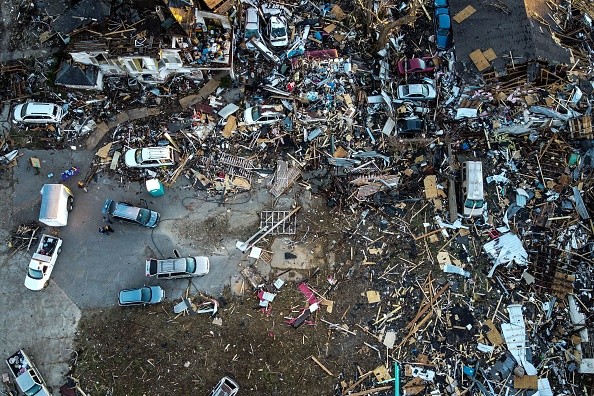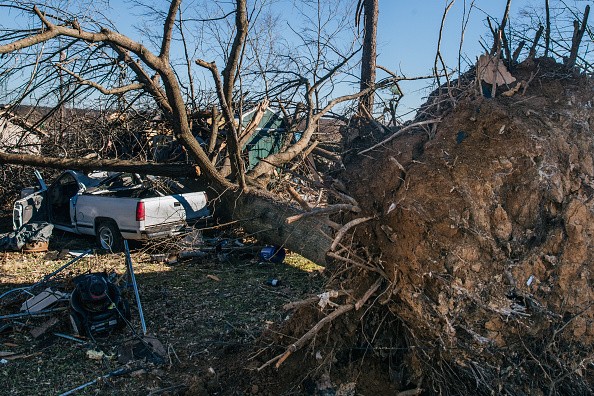The weekend tornado outbreak in a six-state area has the marks of climate change-related tendencies that scientists have been investigating thoroughly in recent years.

Tornadoes and Climate Change
Tornadoes, compared to other severe weather events such as heatwaves, are more difficult to attribute to a specific outbreak since they are smaller-scale phenomena, according to researchers. Climate change signals are becoming more prevalent, and they're not good.
Compared to the Plains states, the Mid-South and Southeast have a higher risk of tornadoes, and the incidence of tornadoes is becoming more varied year to year, according to Axios.
Key components for severe weather outbreaks grow as the temperature rises, according to research published in the journal Nature Climate Change.
According to the larger picture, this new outbreak is completely different from any other in December. Whatever happened was worse than everything that had come before it, regardless of the month.
Also Read : Tower in Texas that Survived Strong Tornado, Now Being Turned into Residential Apartments
Deadliest December Tornado Outbreak
The supercell thunderstorm that was trailed for more than 250 miles from Arkansas to Kentucky may have shattered the record for the longest path of a tornado in the United States.
This was the worst December tornado outbreak on record. When Northern Illinois University meteorology professor Victor Gensini awoke Friday to a weather chart that looked more like spring than December, he knew something was wrong.
There was a record-breaking warm air mass over the Southeast, and the humidity was at an all-time high. Storms are fueled by both.
It was a record-breaking 80 degrees in Memphis, Tennessee, on Friday, which is 25 degrees above the average temperature for this time of the year. The calamity was fueled in large part by the intense heat.
Thunderstorms spun due to severe mid and upper-level winds that were blowing in various directions as they rose in the atmosphere.
Warm, damp, and unstable situations will become more widespread as the planet warms, according to climate scientists. What happens when all of these variables come together is that there will be a record-breaking occurrence that takes place in the Mid-South and South throughout autumn and winter for tornadoes.
During the chilly season, the shear is nearly always there, but the instability is absent, Gensini noted.

Possible Increase in Major Tornado Outbreaks
According to Gensini, experts anticipate observing a change in the geographic distribution of tornadoes and a high variability from year to year in a warmer world.
According to the projections, large outbreaks in the mid-South and Southeast are expected to rise in the near future.
On Axios, Oklahoma-based scientist Harold Brooks cited a recent rise in the number of days with good weather in the South and Southeast as a climate-related signal. Specifically, he said that this is a symptom of climate change.
Gensini likened the current period of tornado attribution to that of baseball's steroid era. Steroid usage might be difficult to link to an individual home run, but in the aggregate, the pattern is clear.
Gensini predicted that additional tragedies will occur in the future.
Related Article : American Midwest in High Alert for Nighttime Tornadoes
For more news, updates about tornadoes and similar topics don't forget to follow Nature World News!
© 2025 NatureWorldNews.com All rights reserved. Do not reproduce without permission.





